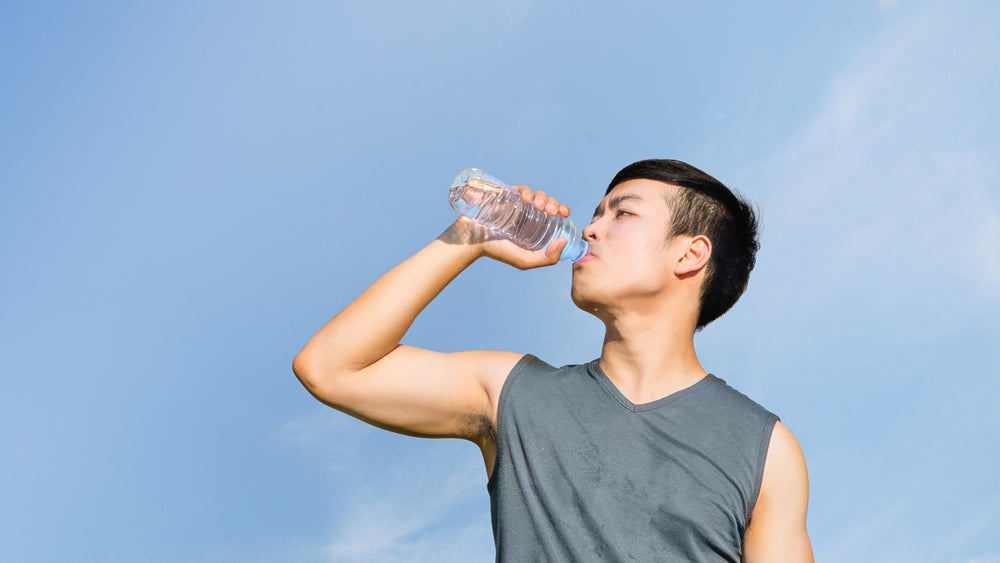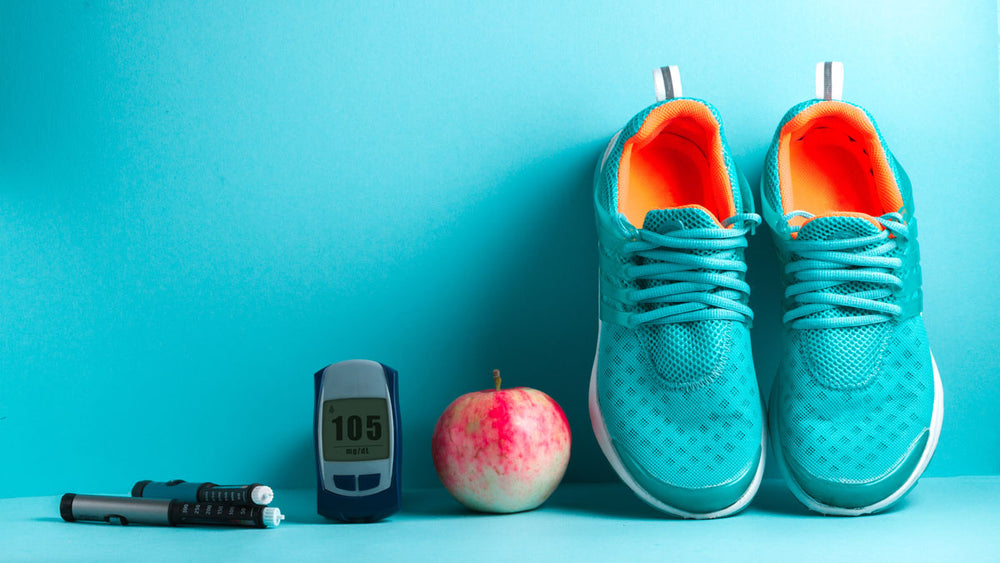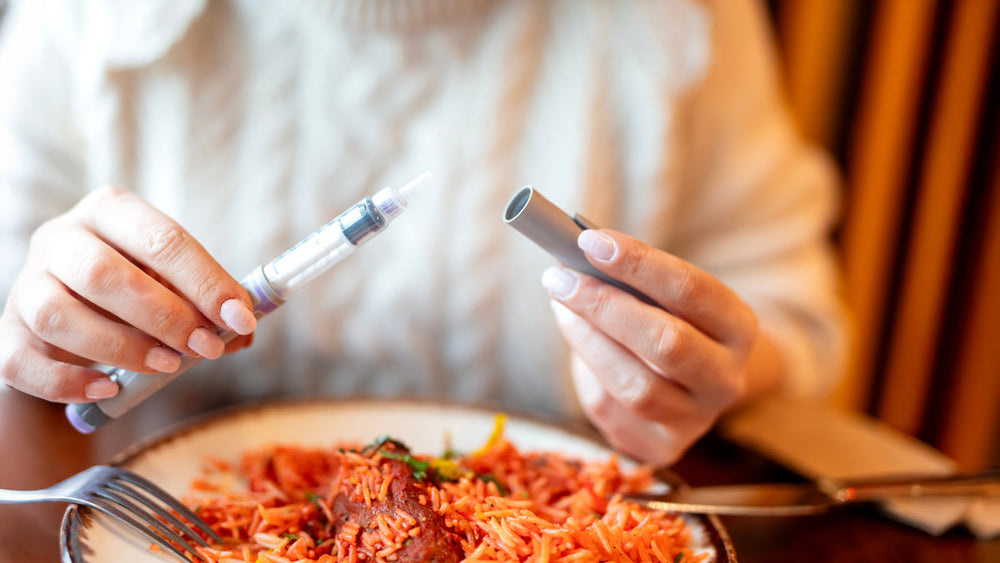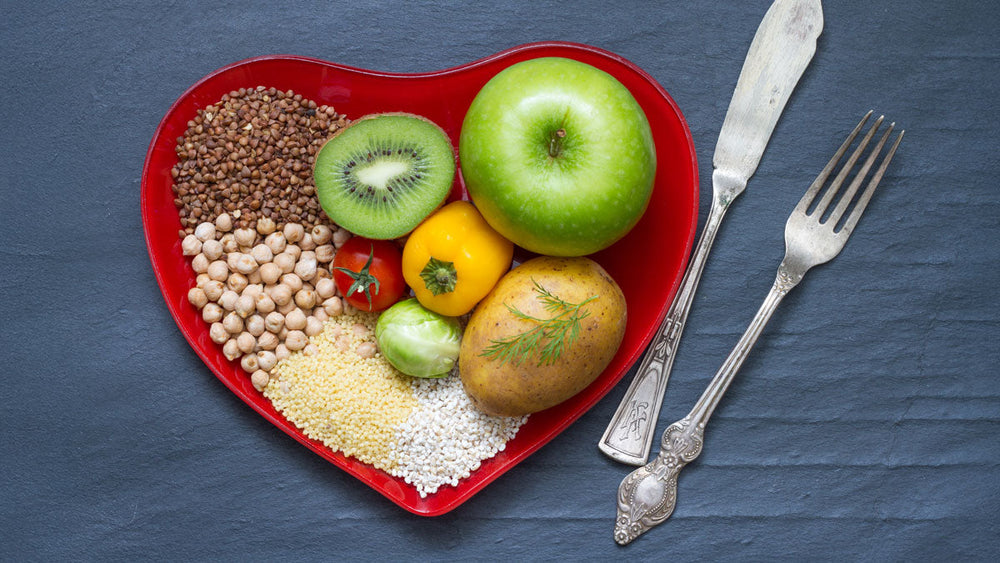Why is it so hard to drink enough water every day?
This is a question I hear, or even think to myself, almost daily. Hydration is so vital for our lives, yet it can often be overlooked due to busy work days, limited access, sickness (GI Flare-ups), and more recently, mask mandates. Whatever the cause, it is a chronic issue that I hear about on a daily basis.
With the weather shifting to warmer seasons it is even more important to make sure you are adequately hydrated. It is especially important when conducting activities outside when fluid losses increase with sweat output. When you sweat, whatever the cause, you're losing fluids and this will cause dehydration over time.
There are various signs and symptoms and/or causes of dehydration, starting with the easiest to detect, which is thirst. Thirst generally is paired with dry mouth and can be easily corrected with water. More severe signs can be weakness, fatigue, nausea, vomiting, high body temperature, muscle cramps – (electrolyte deficiency), dizziness and confusion, a weak, rapid heart rate, short choppy breathing, and lack of coordination and judgment. Further progression into this list of signs determines the level of response or acuity of intervention to rehydrate.
Another way you can determine your hydration level is to match your urine color to the chart below.

Drinking water is, of course, the best option for hydration during day-to-day activities. What happens when you have been outside working up a sweat or you are having a more severe GI flare-up where you are vomiting and have diarrhea? You get dehydrated.
Whether it be doing work, exercising, or illness we need to consider not only fluid, but also electrolytes and how many you are losing. Electrolytes are minerals that are found in the blood that help control and regulate the balance of fluids in the body. The top three electrolytes to consider with hydration are Sodium, Potassium, and Magnesium. If there is a significant loss of any of these minerals, dehydration occurs, as well as potential for muscle cramping and spasms.
How do you know whether you should be drinking water or grabbing an electrolyte containing beverage?
A good rule to follow is that plain water is appropriate for less than 60 minutes of an activity or less severe flare-ups. For duration of fluid loss that lasts longer than 60 minutes, an electrolyte containing beverage is going to be needed to help replete fluid and electrolyte losses.
Using the cumulative effect method is the best way to ensure adequate hydration. This means drinking throughout the day, before, during, and after activities. You can’t gulp down water or electrolyte beverages to make up for lacking in adequate hydration earlier in the day. The same applies for chugging a ton of water at the beginning of the day and then not drinking anything the second half.
Once you perform activities that extend beyond 60 minutes, it is also important to understand the need for carbohydrate to assist water and electrolytes to be more efficiently absorbed into cells. This is why most electrolyte beverages contain various amounts of sugar. Having carbohydrates, in the form of sugar, and electrolytes will rehydrate you much faster than water alone.
Choosing the correct solutions depends on how extraneous the activity and how much sweat is lost. You would then choose between an isotonic, hypotonic, or hypertonic solution.
See the chart below for descriptions of each along with examples.

Remember, our bodies are primarily made from water, and electrolytes help regulate proper fluid balance. Make sure you are keeping yourself replenished in order to avoid any unwanted side effects.
Here are some options to keep you hydrated during your activities:
Organic Coconut Water (Pack of 12, 16.9 oz each)
Purified Water with Electrolytes & Flip Cap (12 count, 12.7 oz each)




















Comments
Join The Conversation...